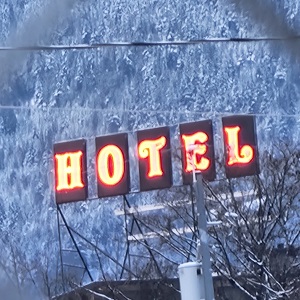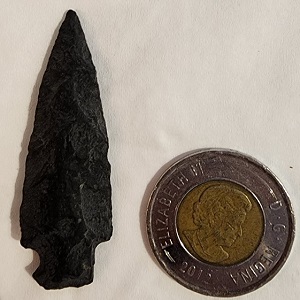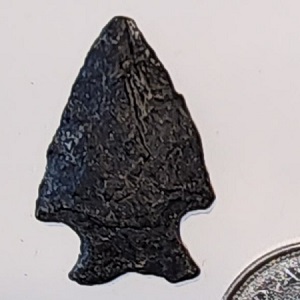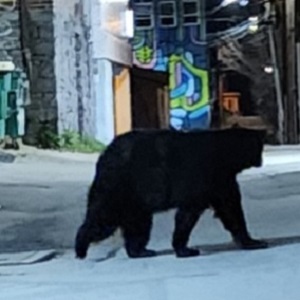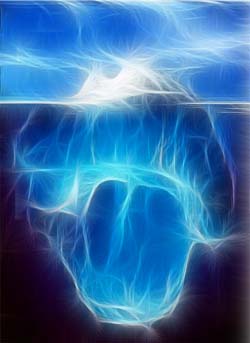 A popular idea in psychology is that of the "Unconscious". The unconscious mind is that part of our mind that, depending on your interpretation, deals with issues such as sex, death, shame, guilt, repressed memories, and so on and so forth. If the mind were compared to an iceberg, the unconscious would be that 9/10 that lies below the surface, never seen or experienced save in dreams.
A popular idea in psychology is that of the "Unconscious". The unconscious mind is that part of our mind that, depending on your interpretation, deals with issues such as sex, death, shame, guilt, repressed memories, and so on and so forth. If the mind were compared to an iceberg, the unconscious would be that 9/10 that lies below the surface, never seen or experienced save in dreams.
There the comparison would end. Unlike an iceberg, the unconscious mind is not inactive or frozen, it is very much a living and changing part of us.
Freudian Psychology labels the unconscious mind the "ID", which drive and contains our most basic instincts - sex, death, hunger, shame, guilt, repressed memories, etc. The next level is that of our consciousness - Our waking, day to day selves. This he terms the "EGO". It is ourselves, our actions and interactions in the real world. And finally there is the "SUPEREGO" - or ourselves as we would like to imagine ourselves to be - our morals, ideals, etc. This combination of the ID, the EGO and SUPEREGO together form the whole self.
Now that is a very brief introduction, and there is of course much more reading that can be done on the topic. And for the sake of brevity I've condensed his theories into 1 paragraph, so bearing in mind the economy with which they were described please don't email me to debate small matters of definition.
The first thing to bear in mind is that his theory is just one way of slicing up the human mind. By this I don't mean the "Brain", the physical apparatus, that at the moment is being done to death. That has it's place here as well, but a small one. I mean the abstract mind, the person as a sum of his thoughts, actions and experiences. There are many other ways to divide the same mind, other labels that describe similar things, some in greater or lesser detail, some agree, some disagree. But for this posting we'll deal principally with Freud and his theories of the unconscious.
The unconscious, then, is that sum of repressed drives, ambitions and experiences that lay beneath the surface of the civilized man. It is not, by definition, obvious. How then can we determine it's existence?
Freud looked at several things - including children, dreams, word associations, and fairy tales/Myths/literature to find evidence and traces. His theory of the Oedipus Complex is based on the Greek Myth of Oedipus. Reasoning that the unconscious comprises the bulk of persons psyche it was reasonable to conclude that this would find some expression - the expression, and means that it chose, would probably be through metaphor.
Children were good to study because the EGO, or conscious layer of social expectations and norms, has not been fully overlaid. For children, the Unconscious is the Conscious. But by the time a child can talk or communicate most of the natural language of the unconscious will have been lost, pushed down or suppressed.
He looked at dreams. Dreams are complex worlds filled with symbolism and metaphor. They form a sort of mental landscape, a guide to where we are at present with the unconscious. Unresolved issues, conflicts and basic needs are all dealt with here and reveal themselves in their own language through dreams to the conscious mind.
Associations were another way. People could freely associate words and images, and the associations would form a sort of mental map of the world beneath the surface.
But these methods deal with people, individuals, and to generalize - create a theory that is in some way valid for ALL people - you would need to look those experiences all people shared. And this is not easy, people create to some extent unique symbols and metaphors that are applicable to their unique experiences and histories.
So we can look to the arts - Literature, Painting, Myth, Folk and Fairy Tales.
And here is our guide. Orpheus 's map to the underworld. The interpretations may vary, but the message and the archetypes remain the same.
Looking at hundreds, thousands of stories and myths the unconcious is revealed. And with map in hand and a few easy signposts given it becomes very easy to read. Because literature - poetry - myth - the arts - are all guides to our unconscious.
The underworld is the unconscious. And everywhere you read underground, read unconscious.
Frogs and Toads, amphibians in general, are sex symbols. Which is curious, because we can physically associate them with the "Limbic", or reptilian part of our brains that is concerned with the basic drives and impulses. The part of our selves we inherited from the dinosaurs.
Fairy tales take on a whole new light. "The Frog Prince" becomes a tale of sexual initiation and the transition from girl to womanhood. It's a story we tell our children, an unconscious primer written in the language of the unconscious, symbolism and metaphor, to ready them for events that will take place in their own life. We think of it as a fairy tale, but it's popularity over hundreds of years, surviving the natural selection that applies to the arts and ideas, is a testimony to it's deeper and underlying truth.
"Theseus and the Minotaur" explores the same territory - in which Theseus must descend into the Labryinth to rescue the 7 lads and 7 maidens from the Minotaur. The labryinth is the unconscious, the half-man, half-beast of the Minotaur the demon that dwell within it.
And there are more recent stories - not classics, but their enduring popularity suggests that they too conceal an underlying truth. By which I am thinking of Edgar Rice Burroughs - think specifically of Pellucidar - the world within the world, populated by scantily clad women, cannibals, monsters and dinosaurs. A world of perilous adventure. Or think of "Journey to the Center of the Earth" - again a world within a world filled with prehistoric beasts and terrors. From these we might surmise that the unconscious is a dangerous place.
"The Hollow Earth" is a common enough metaphor for the unconscious, but there are countless others. A commonplace trip to the cellar is a journey to the underworld, the unconscious. Think of all the books that build and elaborate upon the horror of going downstairs. And the menacing, primal terrors that lurk there. The confrontation of things we'd prefer to forget, to ignore, to pretend don't exist. Think of, as a child, going into the cellar. The apprehension and fear - not just because it's dark, because when the lights are on it's not necessarily darker than any other room, but the imagined bestiary and denizens that populate it. Think too of the associations - the word "cellar" suggests damp, wet, cool, dark, the sounds of gurgling, dripping water and pipes, echo's, the possibility of getting lost.....
The theory, the map, our collective map of the unconscious is rewritten daily. The 1961 comic adventures of Eric Kane recount the adventures of a criminal who ventures into the subterranean realm of the lizard men, plots to steal their diamond, and as a result of his greed is transformed into a lizard man himself. David Icke warns of shape-shifting "Lizard Men" who run the world out of greed and to their own ends. Perhaps laughable, but consider the number of people who take him seriously.
We have new words for these old ideas, we rename the cellar "The Basement" - but still it conjures up the same ideas and feelings. The basement is the perfect place to store those things we no longer want or use, but can't seem to let go of or get rid of. And so the basement - a conscious idea or construct, a concrete place; becomes a concrete metaphor of our unconscious.
Imagine an artist, painter or writer, working from his /or her basement. Then imagine the same artist working from an attic, garret or loft. Which is more natural? When imaging it, imagine the quality of work they produce? What images are evoked?
It's simple. The Attic or Garret is easily recognizable as a metaphor for the SUPEREGO, or our ideal selves. The basement is not the same, when imaging the basement it is easier to imagine a mad scientist's laboratory or a dungeon. Victor Frankenstein worked in the basement on his creation, if not in the novel then certainly in our imaginations.
The mythology and feeding of our subconscious minds continues today. Few of us find time to read the classics or fairy tales. Instead we live in an information rich age where we are bombarded with thousands of images daily that flit past our conscious mind to lay wait and digest in our unconscious. Advertisers carefully link their products through music, colors, imagery and association with sex and death - knowing that we will not find time to scrutinize them all they are devised to be scanned and forgotten, only later to be digested in our unconscious. The conscious need or want of their wares will trigger when we next are near their products. For most of the goods we consume there are no conscious reasons, only responses to messages that were conditioned and laid into us through advertising and the media.
These are the new myths and fairy tales.
Related Links: Joseph Campbell on Google Video - The Power of Myth

